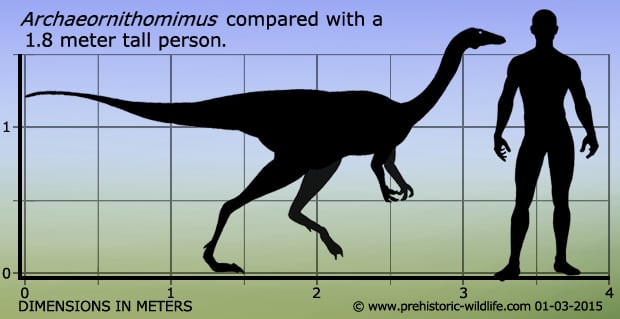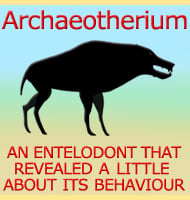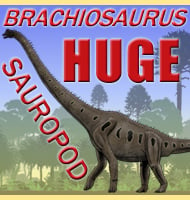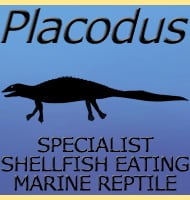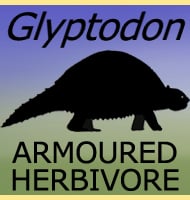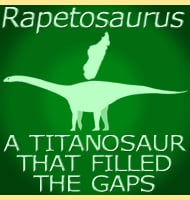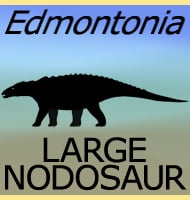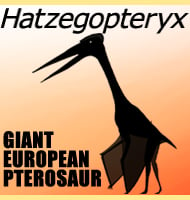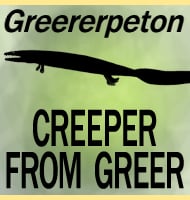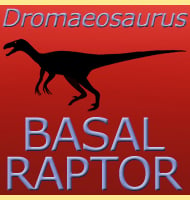In Depth
In 1972 Dale Russel was undertaking a study of the ornithomimid dinosaurs which saw some of the focus fall upon Ornithomimus. After studying the fossils of this genus he discovered that while some of them were not attributable to Ornithomimus, but were of an unknown ornithomimid dinosaur. However while Russel correctly identified a new dinosaur, he thought at the time that the fossils dated from the Cenomanian period of the Cretaceous, making the new genus the oldest known ornithomimid, hence the name Archaeornithomimus. Later study has concluded that Archaeornithomimus actually dates back to around seventy million years ago which would actually place it during the late Campanian stage of the Cretaceous and living at around the same time period as most other ornithomimds. In terms of the original meaning the name Archaeornithomimus is now something of a misnomer, but at the end of the day if a seventy million year old animal doesn’t qualify as being ancient then what does?
Two additionally species have been assigned to Archaeornithomimus, but today the validity of both of this species is doubted. A. affinis was named from fossils previously attributed to Ornithomimus affinis by Dale Russel in 1972. However even before this fossil material had been placed under Ornithomimus, it had been known as Dryosaurus and even before this, Allosaurus. In 1990 a study by David Smith and Peter Galton found that the remains attributed to A. affinis were those of another kind of small theropod, and the species fell into disuse. The third species which is still sometimes recorded is A. bissektensis and was named from a single femur by Lev Nesov in 1995 after the Bissekty Formation where it was found. The interesting thing here is that this actually does date to around the Turonian period, but other palaeontologists have since doubted its validity. At the time of writing, only the type species of A. asiaticus is accepted as valid.
Like other ornithomimids, Archaeornithomimus was a long legged dinosaur that was built for speed. The tail would have been long and carried high to serve as a counterbalance to help aid locomotion. The skull of Archaeornithomimus is so far unknown, but is expected to be toothless and formed into a beak like with other dinosaurs of its group. Unfortunately this also means that Archaeornithomimus shares the same controversy about what it ate, as the beak could have been used for anything from browsing select plant parts to catching insects and small vertebrates like lizards and mammals.
Because Archaeornithomimus is known from the Iren Dabasu Formation, it’s reasonable to establish that it would have shared its ecosystem with other dinosaurs such as the tyrannosaur Alectrosaurus, the maniraptorian Avimimus, the huge oviraptorid Gigantoraptor and even the dromaeosaurid Velociraptor amongst others.
Further Reading
– On the dinosaurian fauna of the Iren Dabasu Formation. – Bulletin of the American Museum of Natural History, 67: 23-78. – C. W. Gilmore – 1933. – Ostrich dinosaurs from the late Cretaceous of western Canada. Canadian – Journal of Earth Sciences 9:375-402. – D. A. Russel – 1972. – Osteology of Archaeornithomimus asiaticus (Upper Cretaceous, Iren Dabasu Formation, People’s Republic of China). – Journal of Vertebrate Paleontology Vol. 10, No. 2 (Jun. 21, 1990), pp. 255-265. – Peter Galton & David Smith – 1990.
